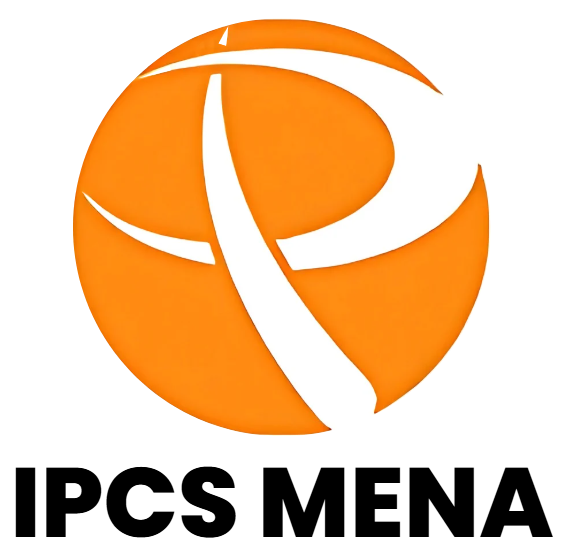Spend Analysis :
Spend analysis in procurement is the process of collecting, cleansing, categorizing, and analyzingan organization’s expenditure data to gain insights into purchasing patterns, supplier performance, and cost-saving opportunities. As one of the foundational activities within procurement management, spend analysis helps organizations achieve better control over their purchasing processes, identify inefficiencies, and uncover hidden savings opportunities. In today’s dynamic business environment, organizations are increasingly leveraging spend analysis to drive strategic procurement decisions that align with overall business goals.
Understanding Spend Analysis
At its core, spend analysis involves a detailed examination of an organization’s spending data across various departments, categories, and suppliers. The objective is to understand how, where, and why money is being spent. It typically includes gathering data from multiple systems (e.g., ERP, procurement software, financial management tools) and then structuring that data into a format that provides clear visibility into procurement activities.
Spend analysis starts by extracting procurement data such as invoices, purchase orders, contracts, and payment records. Once collected, the data is cleansed to eliminate discrepancies, duplicates, and errors. It is then categorized based on factors like supplier, product or service category, cost center, or department. The final stage involves analyzing the data to identify trends, cost-saving opportunities, supplier performance, and areas for process optimization.
Key Benefits of Spend Analysis in Procurement
- Cost Visibility and Control: One of the primary benefits of spend analysis is the ability to gain greater visibility into how money is being spent across the organization. By consolidating procurement data, procurement teams can identify high-spend categories, suppliers that contribute to excessive costs, and unnecessary overlaps in purchases. This visibility enables better cost control and informed decision-making about where cost-cutting measures or renegotiations with suppliers can be applied.
- Supplier Optimization: Spend analysis allows organizations to assess supplier performance and the overall value of existing supplier relationships. By evaluating spend data, procurement teams can identify opportunities to consolidate suppliers, renegotiate contracts for better terms, or eliminate underperforming suppliers. Additionally, organizations can identify opportunities for strategic supplier partnerships that deliver both cost savings and value-added services.
- Contract Compliance: Analyzing spend data helps ensure that purchases are compliant with pre-negotiated contracts and that the organization is getting the best possible value for the terms agreed upon. This includes identifying any off-contract spending, where purchases may have been made outside of established supplier agreements, potentially leading to higher costs or missed opportunities for volume discounts.
- Identifying Demand Patterns and Trends: Spend analysis helps procurement teams recognize trends in purchasing behavior and demand patterns across the organization. By tracking and analyzing historical spending data, procurement professionals can anticipate future needs, negotiate better contracts based on volume projections, and align procurement strategies with business forecasts. This proactive approach reduces procurement costs and avoids last-minute, high-cost purchases.
- Strategic Decision-Making: Spend analysis is an essential tool for strategic procurement. With detailed insights into spending patterns, organizations can develop more informed and data-driven procurement strategies. Procurement teams can prioritize spending on categories that are critical to the business, explore new supplier markets, and align purchasing decisions with broader organizational objectives, such as sustainability goals or innovation initiatives.
- Sustainability and Risk Mitigation: By conducting spend analysis, companies can also identify areas where sustainability and ethical sourcing practices can be improved. Understanding the environmental or social impact of purchases allows procurement teams to select more sustainable products and suppliers. Additionally, spend analysis helps mitigate risks by identifying potential supply chain disruptions, supplier dependency, or concentration of spending with a few suppliers.
The Process of Spend Analysis
The spend analysis process typically follows these steps:
- Data Collection: Gather data from internal procurement systems, including invoices, purchase orders, and contract data, as well as external data sources, if necessary.
- Data Cleansing: Clean the data by correcting errors, eliminating duplicates, and standardizing data formats to ensure accuracy and consistency.
- Data Classification: Categorize the data into meaningful groups, such as by supplier, spend category, region, or department, to facilitate easy analysis.
- Data Analysis: Use data analytics tools to examine spending patterns, identify opportunities for savings, and evaluate supplier performance. Advanced analytics may involve using machine learning algorithms to predict trends or uncover hidden savings.
- Reporting and Actionable Insights: Generate reports and dashboards that present the findings from the analysis. These insights should be actionable and serve as a basis for decision-making, such as supplier negotiations, demand planning, or policy changes.
Technology in Spend Analysis
Modern spend analysis increasingly leverages technology, such as artificial intelligence (AI), machine learning, and data visualization tools, to enhance the analysis process. Procurement software platforms equipped with these technologies can automatically categorize spend data, identify anomalies, and generate real-time insights. Data visualization tools further enhance the process by presenting complex data in easy-to-understand formats, enabling procurement teams to make faster and more informed decisions.
